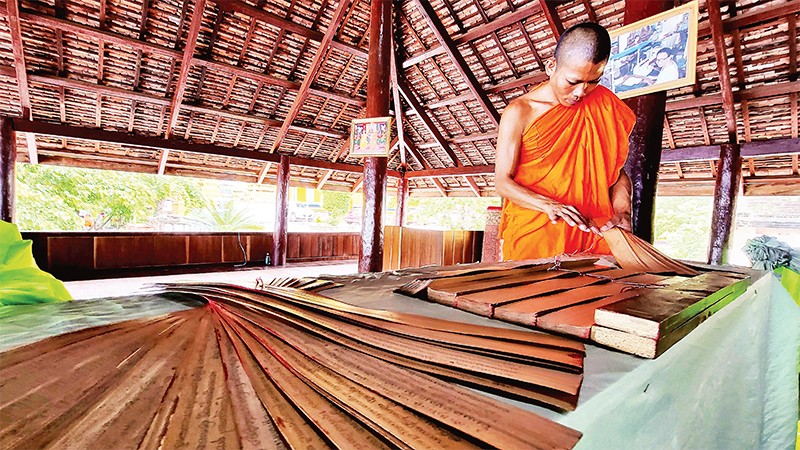 |
| Palm leaf sutra display at Sa Lon pagoda, Luong Phi commune, Tri Ton district, An Giang province. |
The sutras are written on palm leaves using the ancient Khmer handwriting art, bearing the cultural imprint of Southern Buddhism, closely associated with the religious beliefs in the lives of the Khmer people in the South. The content of the palm leaf sutras is the philosophy of cultural and spiritual life and the ethical standards of Buddhism.
The art of making sutras on leaves
Palm leaf scriptures, also known as Sas-tra Slâc Rit, are ancient, rare documents written in Pali or ancient Khmer, written by highly virtuous monks in Khmer pagodas.
According to research documents, since the advent of a complete writing system, the Khmer people have used many materials to preserve written information, such as stone steles, paper, leaves of various plants, etc. Among them, the leaves of the buong tree are a unique material chosen by monks to make books. "In the journey of creating that sacred buong leaf book, of course, the Khmer people could not lack religious rituals," emphasized Dr. Bui Thi Anh Van, University of Social Sciences and Humanities - Vietnam National University, Hanoi.
According to Most Venerable, Dr. Thich Nguyen Thanh, Deputy Head of the Central Buddhist Education Committee, Deputy Director of the Vietnam Buddhist Academy in Hue, palm-leaf sutras were introduced to An Giang province about 800 years ago. Khmer Theravada Buddhism has continued the tradition of writing sutras on palm leaves for 700 years.
According to Venerable Chau Ty, the head monk of Soai So Pagoda, Nui To Commune, Tri Ton District, An Giang Province, in the past, due to the lack of paper, monks thought of using the leaves of the banyan tree as material to write sutras to preserve and propagate the religion. To have the leaves to write sutras, monks had to prepare very elaborately.
First, we must choose the trees with large, long leaves. When the young leaves just sprout, the monks must wrap them tightly in cloth so that the leaves remain white, clean, and protected from insects. This work must be done regularly and only when the leaves are longer than 2 meters can they be harvested by cutting them off the tree trunk and bringing them back to the temple. Next is the step of classifying and selecting the size of the leaves to match the sutra leaves. "Usually, the sutra leaves are about 60 centimeters long and 6 centimeters wide. After drying, the leaves are flattened and soaked in a preservative solution to increase their durability and prevent tearing or damage. Completing all these steps can take months," said Venerable Chau Ty.
Preparing the materials is so elaborate, the process of writing on palm leaves is even more elaborate. According to Venerable Chau Ty, currently in the Bay Nui area (including the two districts of Tri Ton and Tinh Bien) there are more than 60 Khmer pagodas with hundreds of monks and achars (shamans, prestigious people in the Khmer community), but he is the only ninth generation successor, and also the only person who knows how to write sutras on palm leaves. Palm leaves are written with a pen with a sharp iron tip called Dek-cha. The wooden body of the pen is turned and polished to fit the hand of the person holding it, while the pen tip is a piece of steel that is firmly attached to the wooden body and sharpened to a very sharp point.
"The way to write on the sutra leaves is also very special. The right hand holds the pen and the left hand holds the leaf, but the tip of the pen must rest on the thumb of the other hand. When writing, the thumb will control the tip of the pen. The most difficult thing is the rhythmic, steady combination between the two hands and the writing must have the same depth. It is called writing, but in fact it is no different from sculpting, carving the letters on the leaf," Venerable Chau Ty demonstrated and explained.
Because the leaves are small, each leaf can only have about 5 lines, each line about 20-30 words. Therefore, the writer must know how to express the content concisely and within the framework of the leaf. A content is written on five, seven or ten leaves. The writer must be very meticulous and patient, if he writes just one wrong word, the leaf is considered useless. Even a good person can only write a maximum of ten leaves a day. After the writing process is completed, the next step is to coat (soak) the surface of the leaf with ink so that the ink can penetrate the deeply engraved words. The ink can be made of charcoal or black from the Mac Nua fruit. After the ink has soaked and dried into the leaf, the words will appear, the writer uses a cloth to wipe the leaf clean.
"Even the process of combining leaves into a sutra is very elaborate. The pages are numbered in order on the corner or in the middle of the sutra leaf so that the content can be arranged into a book and opened according to a specific rule. People who do not know how to do it will easily flip the pages wrongly, and the content will be mixed up," said Venerable Chau Ty.
Preserving "treasures" in Khmer pagodas
According to Venerable Dr. Danh Lung, Director of the Khmer Southern Buddhist Research Institute, palm-leaf sutras are rare ancient books of the Khmer people, recorded to serve all activities in secular life and religious beliefs. Over the centuries, palm-leaf sutras still exist and are considered sacred "treasures" by the Khmer people, preserved in Khmer pagodas and in the homes of achars.
This is not only a typical sutra of Khmer Southern Buddhism, but also contains the philosophy of life of the Khmer people. In their lives, Khmer people go to pagodas very early, not only to study sutras and learn words but above all to learn how to be a human being. In Khmer pagodas in the South, almost every pagoda has palm-leaf sutras for monks, achars, and Buddhists to study and research.
The way to write on the leaves is also very special. The right hand holds the pen and the left hand holds the leaf, but the tip of the pen must rest on the thumb of the other hand. When writing, the thumb will control the tip of the pen. The most difficult thing is to combine the two hands smoothly and evenly, and the writing must have the same depth. It is said to be writing, but in fact it is no different from sculpting, carving the letters on the leaves. Venerable Chau Ty, head monk of Soai So pagoda, Nui To commune, Tri Ton district, An Giang province
One of the pagodas that still preserves the most with more than 100 intact palm-leaf sutras is Xvayton Pagoda in Tri Ton town, An Giang province. In 2006, Xvayton Pagoda was recognized by the Vietnam Book of Records Center as "The pagoda preserving the most palm-leaf sutras in Vietnam". In 2017, the Ministry of Culture, Sports and Tourism included "Knowledge and techniques of writing palm-leaf sutras of the Khmer people in Tri Ton and Tinh Bien districts" in the list of National Intangible Cultural Heritage.
Palm-leaf sutras are the first written heritage of Southern Buddhism in Vietnam. Currently, most palm-leaf sutras are preserved and stored in pagodas in a very simple way, such as wrapping the sutras in cloth and placing them in glass cabinets. Over the years, along with the effects of time and environmental changes, the ancient palm-leaf sutras are gradually being damaged. More notably, the artisans and eminent monks who can make palm-leaf sutras in the Khmer community in the South are all old and weak.
According to Venerable Thach Duong Trung, abbot of Moni Serey Sophol Cosdon Pagoda, Bac Lieu Province, the oldest palm-leaf sutras preserved today are about 3 centuries old and many are no longer intact due to the effects of time. These ancient palm-leaf sutras not only play a major role in preserving Buddhist scriptures but also have the meaning of preserving the precious cultural traditions of communities and ethnic groups. Therefore, in addition to the traditional preservation methods at Khmer pagodas, it is necessary to apply modern technical and technological solutions to preserve palm-leaf sutras more effectively.
According to Dr. Ho Van Tuong (Binh Duong University), palm-leaf scriptures are a treasure trove of folk knowledge of the Khmer people in the South, which has not been fully exploited. In addition to seeking modern technological solutions to preserve and widely promote the value of palm-leaf scriptures, it is necessary to compile a scientific dossier on palm-leaf scriptures, submit it to UNESCO for recognition as an Intangible Cultural Heritage of Humanity, attracting more tourists to Khmer pagodas, contributing to better preservation of palm-leaf scriptures.
Nhandan.vn


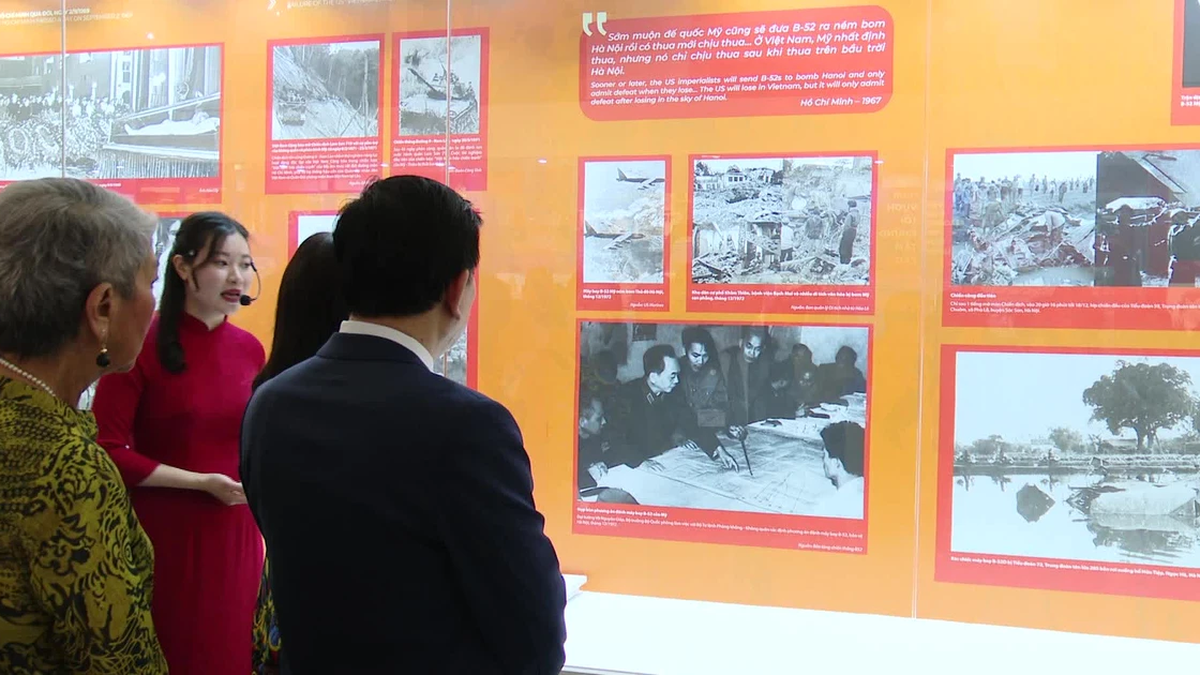
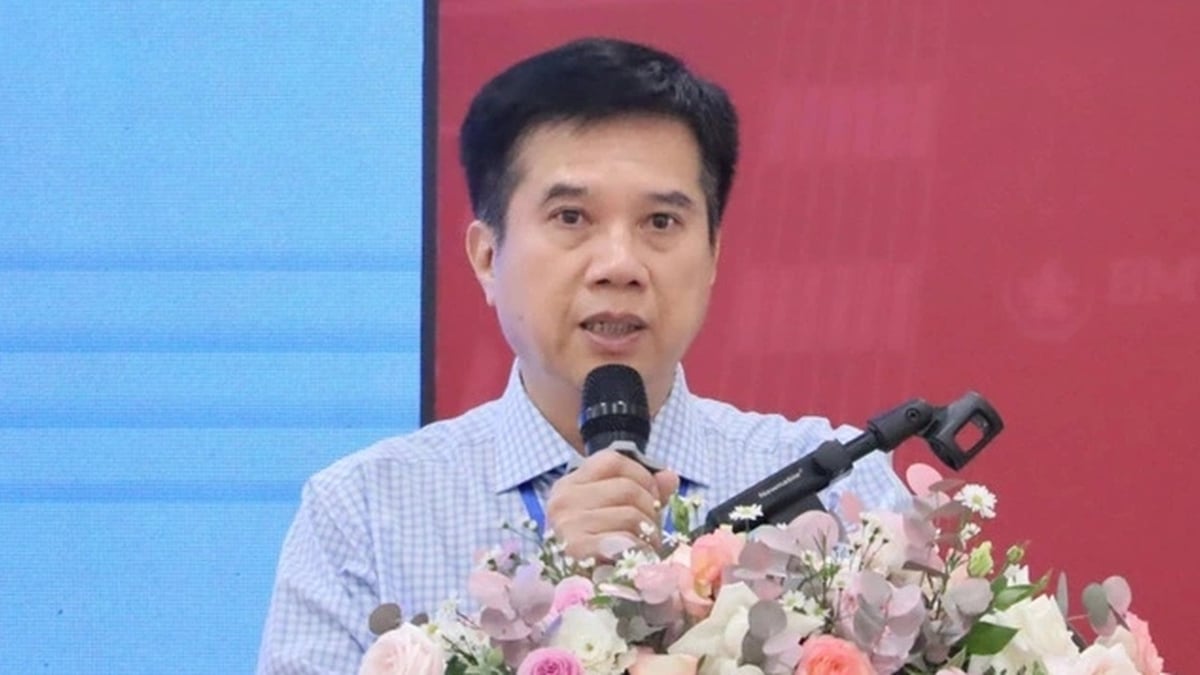
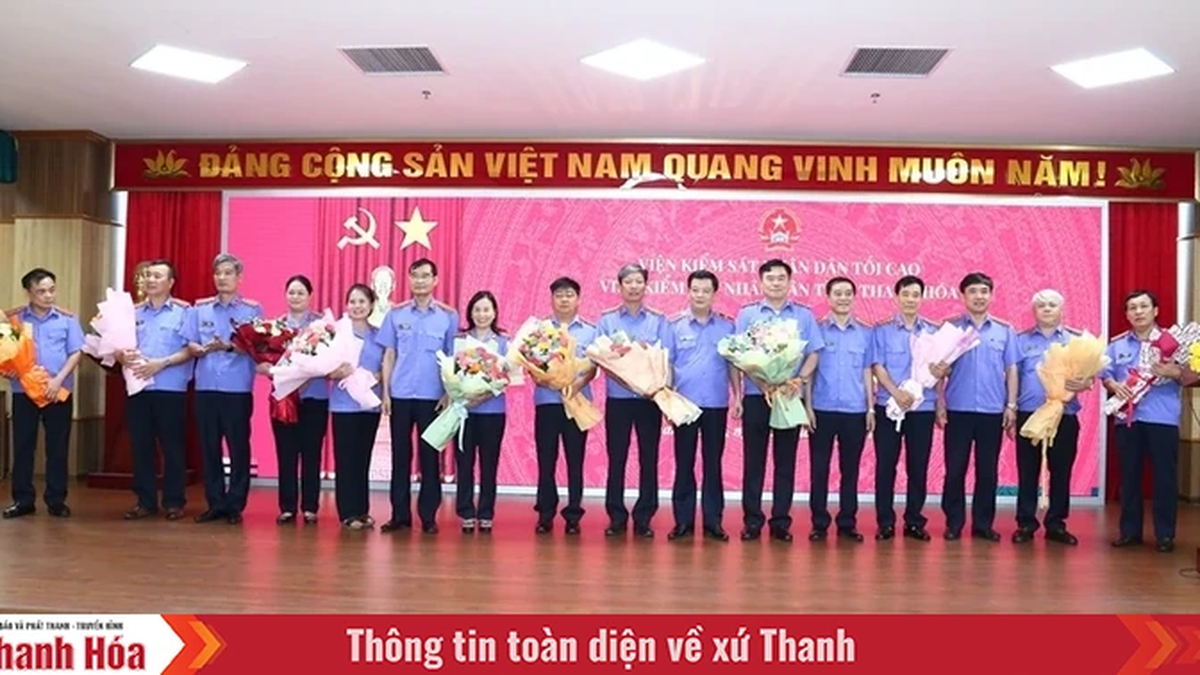

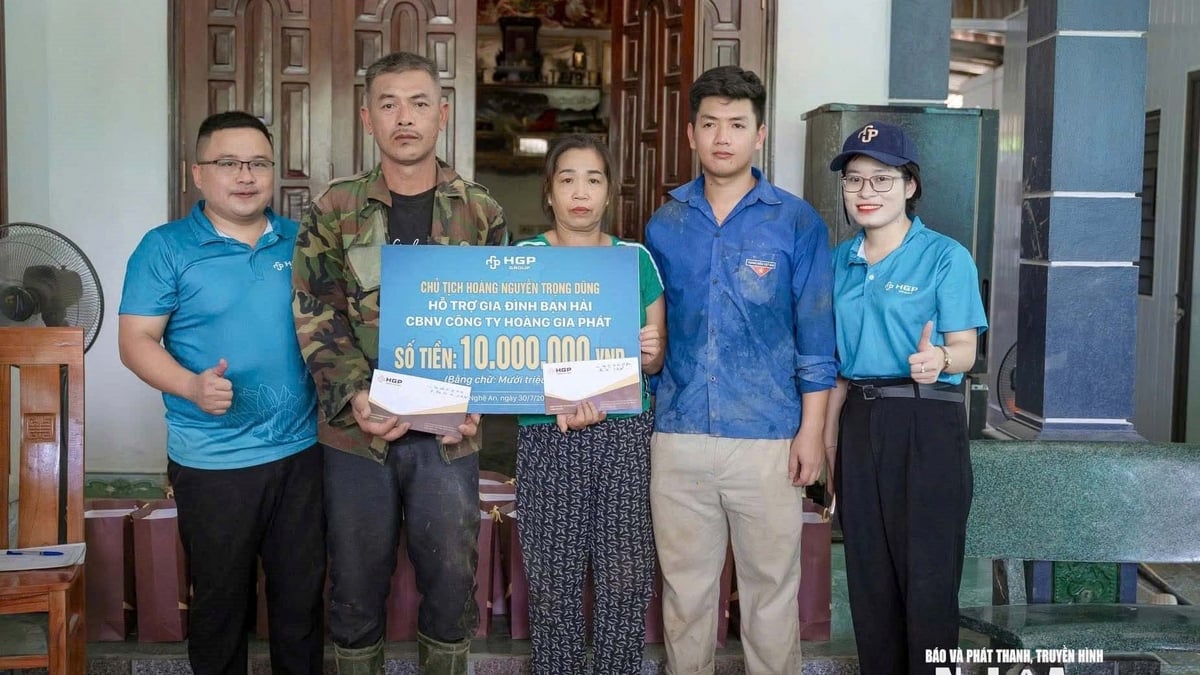


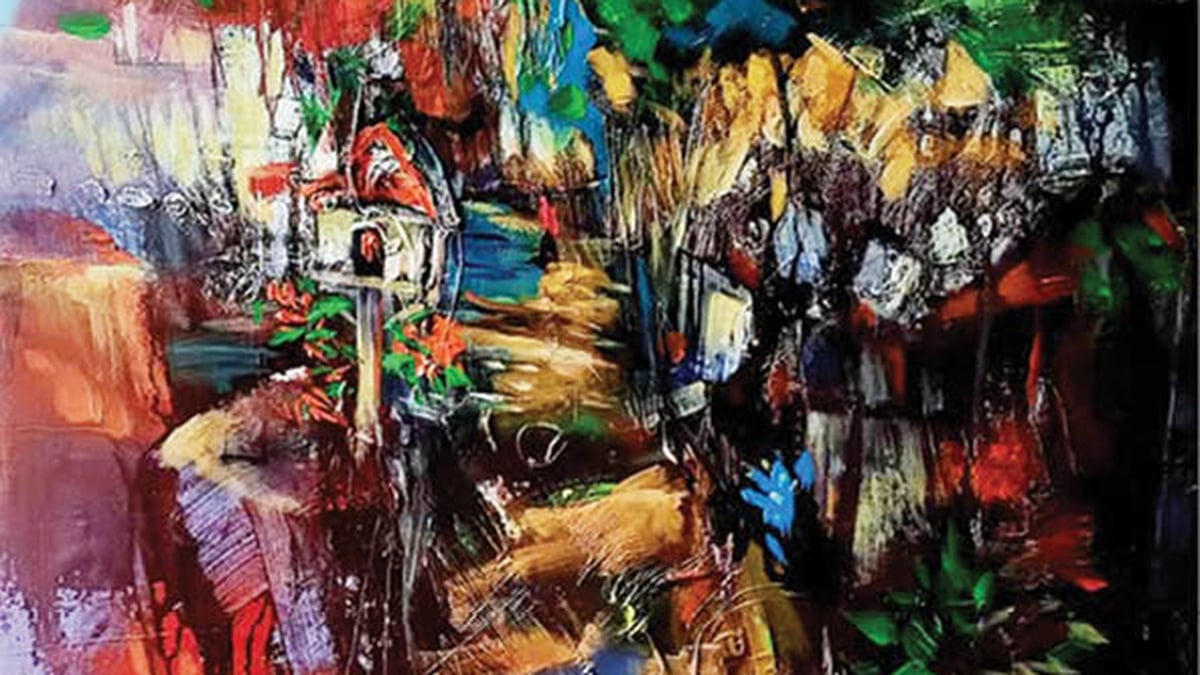

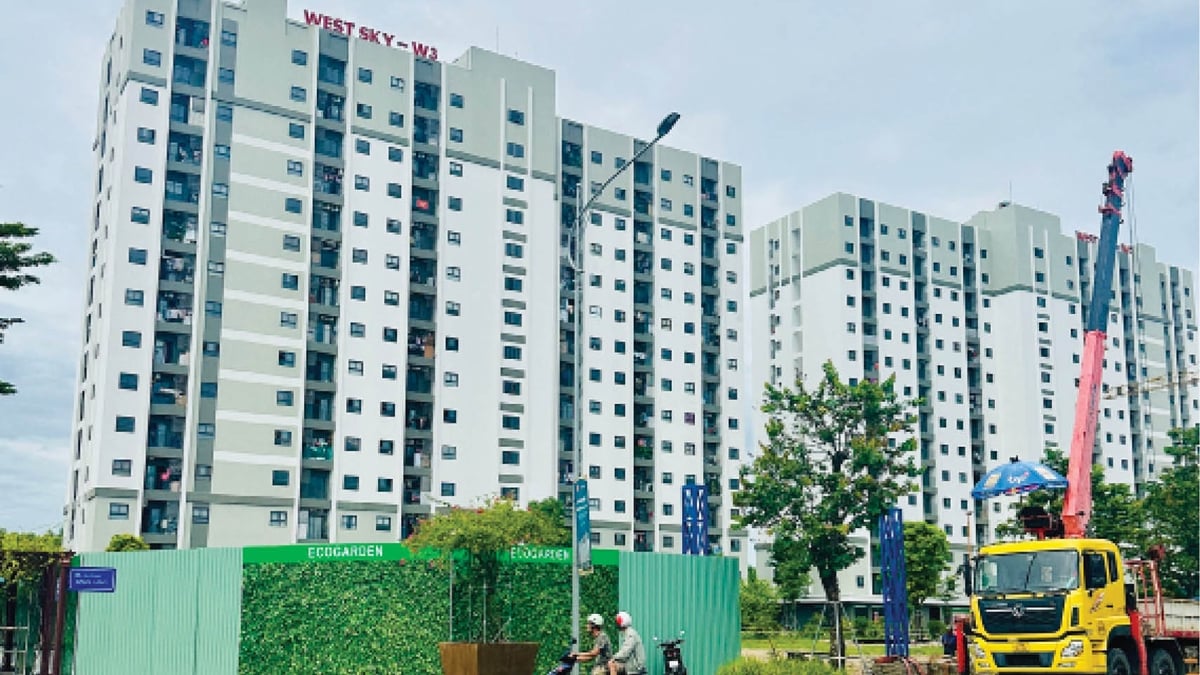






















































































Comment (0)